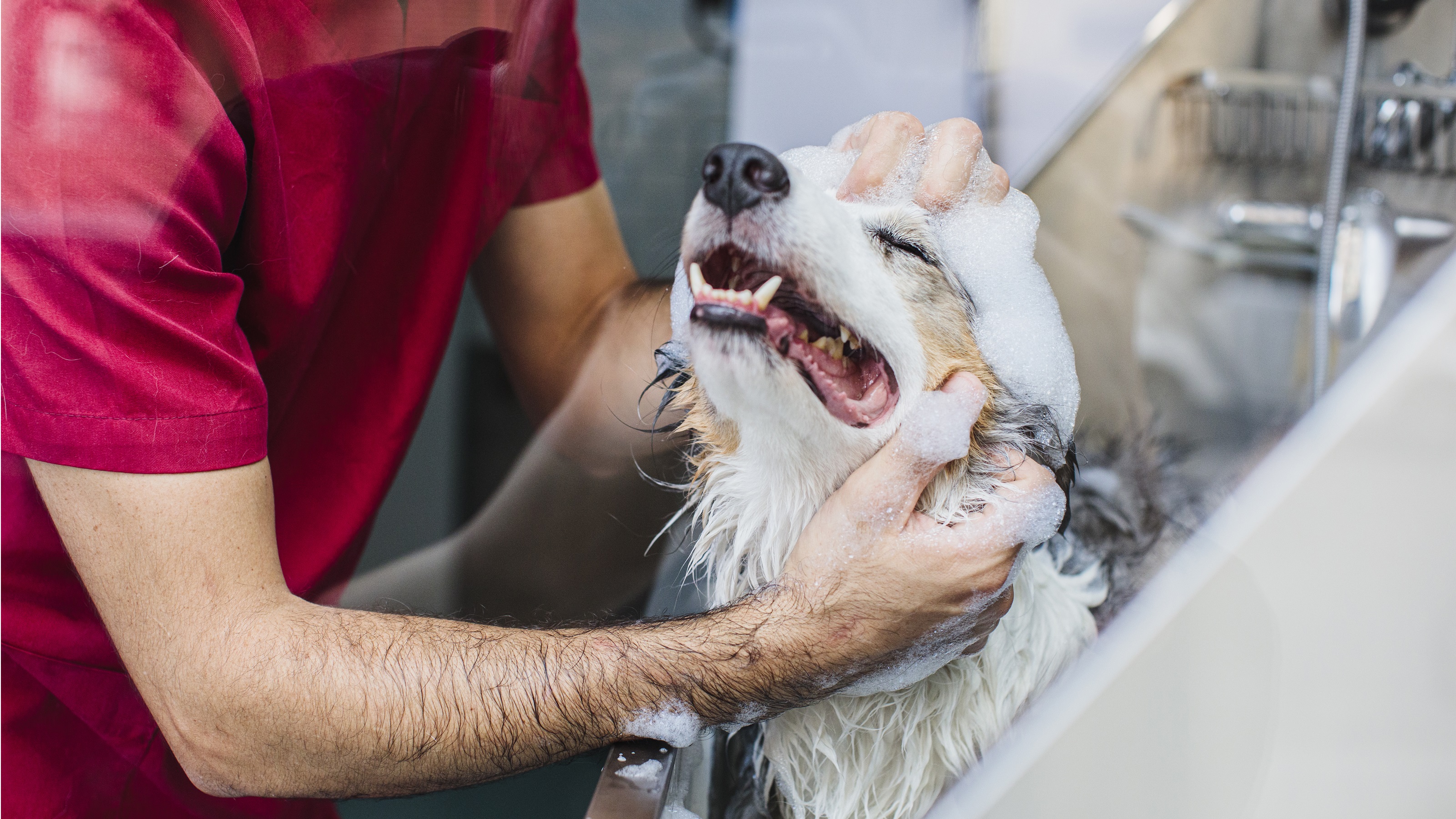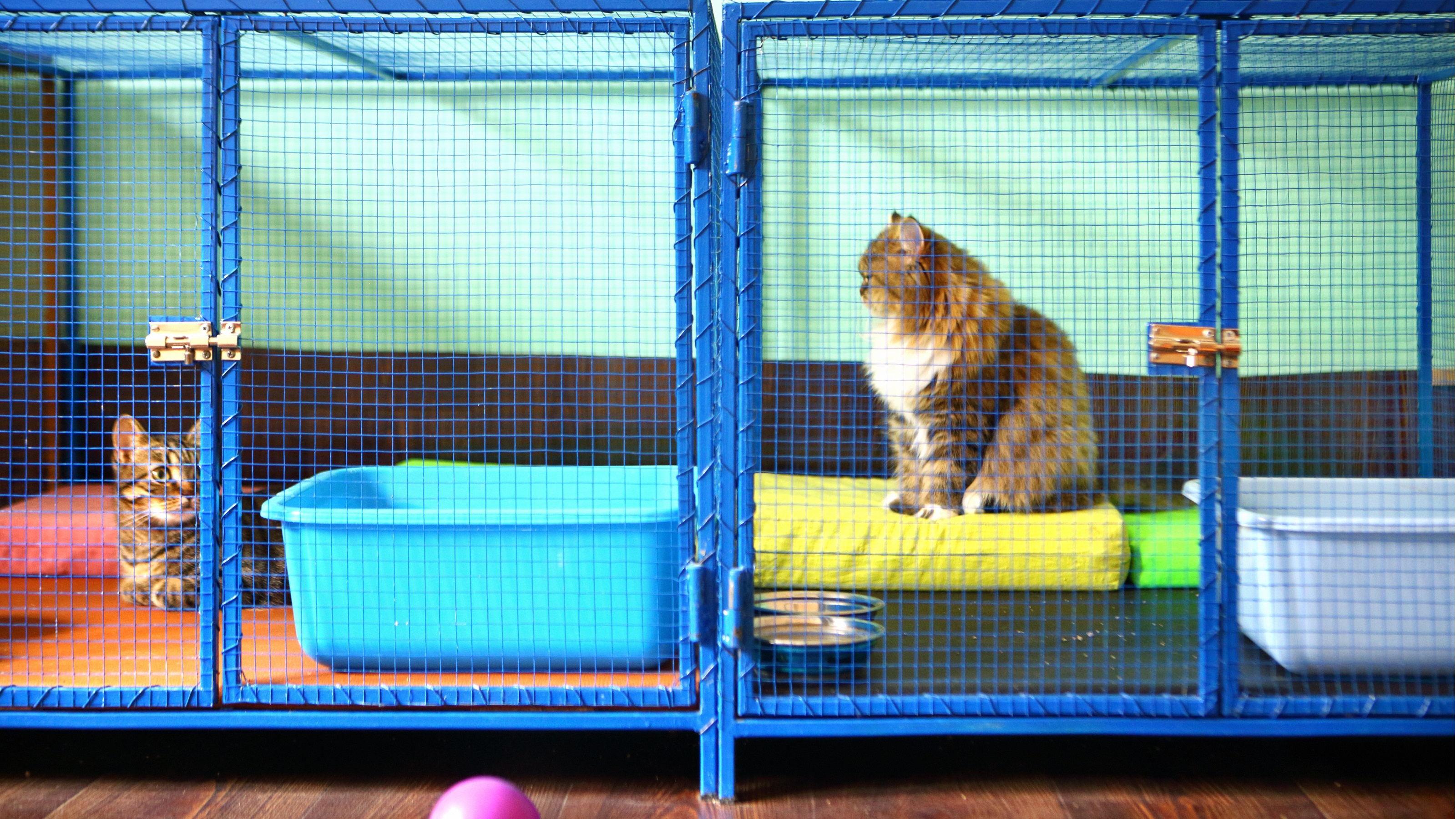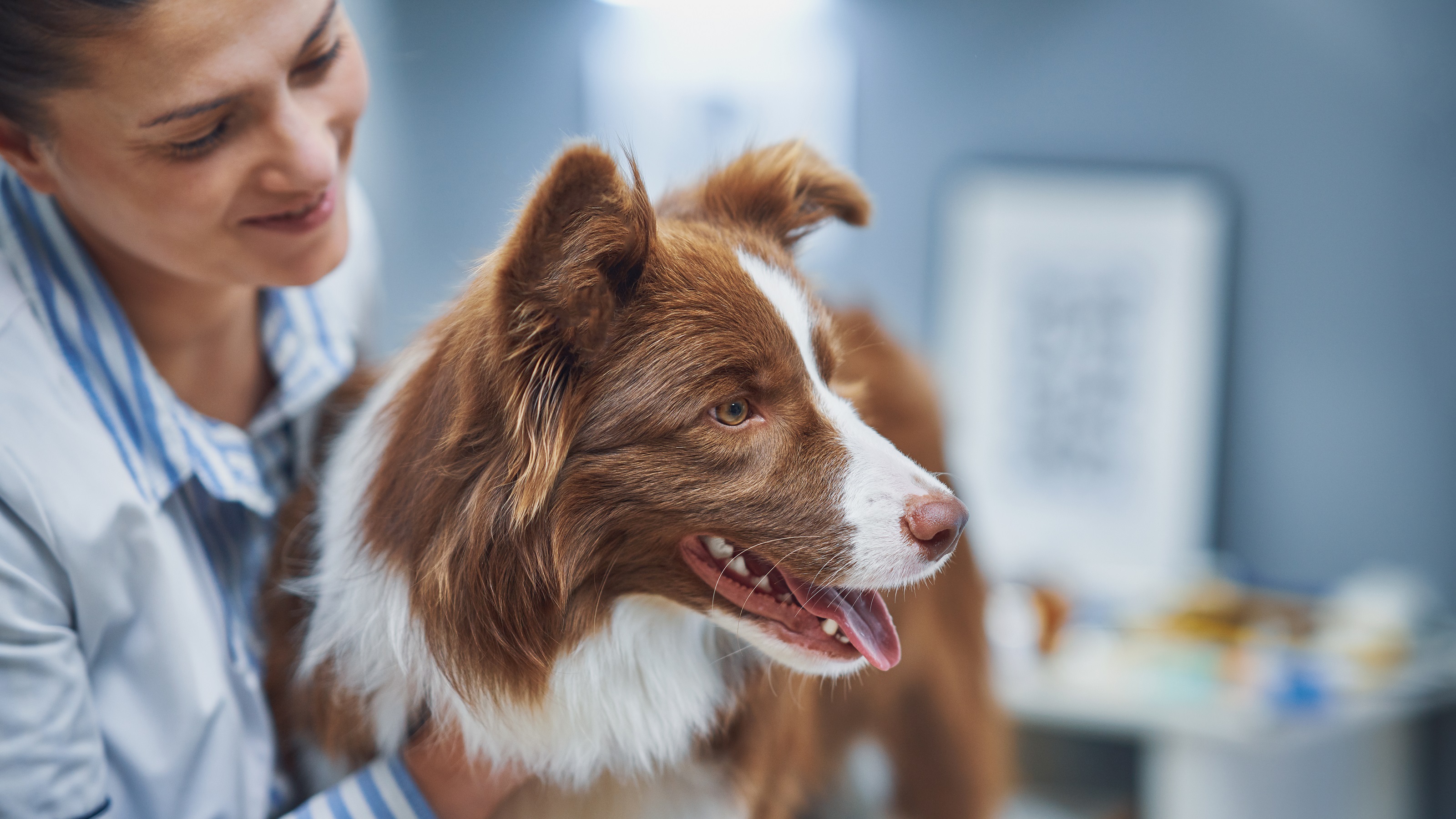How to Save Money on Pet Costs
We love our furry friends — but pet costs are rising along with the cost of living. Here are some ways to save money on pet care.


Over six out of 10 American households own a pet, according to the American Pet Products Association (APPA). And pet costs consume a significant portion of many people's budgets. U.S. households spend on average $770 a year on pets, according to the Bureau of Labor Statistics, and the APPA estimates the pet industry contributed $217 billion in annual GDP in the U.S.
Multiply the monthly cost by the typical lifespan of your pet, and you’re talking serious money. However, many people “underestimate the lifetime cost of owning a pet,” said Brandi Hunter Munden, a spokeswoman for the American Kennel Club. “From emergency vet visits to food to doggy bags, these costs add up.”
The good news is there are smart ways to trim your pet’s expenses. These tips will help you keep your pet healthy and happy for less.

Save on pet food and treats
Of spending on dogs, 28% is for food, per the APPA, and for cats, it's up to 31% of spending. Food obviously is a major cost for pet owners — and not exactly something you can skip out on.
But there are ways to keep costs at least a little lower:
Buy food in bulk. Purchasing pet food in large quantities can help cut food costs. The important thing when buying in bulk, though, is to keep the food fresh, says Munden. That means storing pet food in sealed containers and in room-temperature spaces or keeping it refrigerated, depending on the type of food.
Get a food subscription. “Major marketplaces like Amazon and Chewy will offer around 5% off if you subscribe to receive the food on a regular basis,” said Daniel Caughill, co-founder of The Dog Tale, an online resource for dog owners. Of course, not all pets — even animals of the same breed — eat the same amount of food, but “you can typically pause, skip or cancel [subscription] shipments at any time,” Caughill says.
Join pet store loyalty clubs. You can earn points for purchases at major pet retailers, including PetSmart, Petco and Pet Supplies Plus, by signing up for their free loyalty memberships. Points can be redeemed for store credit. Some stores also offer their members exclusive sales, coupons and other perks.
Consider generic brands. When it comes to pet food, generic doesn’t necessarily mean lower quality, said Jenna Stregowski, pet health and behavior editor at Daily Paws, a lifestyle and advice website for pet owners. Some generic brands contain the same high-quality ingredients as pricier name-brand products, Stregowski said. But before buying any food, run the product by your veterinarian to ensure your pet will be receiving the right nutrients.
Make your own treats. Treats can be expensive. “They also tend to be loaded with unhealthy fillers and preservatives,” Caughill said. Instead of buying treats, create your own. You can keep things simple: “Single-ingredient treats like sweet potato bites are both cheap and healthy,” said Caughill. “You just cut up a couple into cubes and bake them for 2½ hours at 250 degrees.” Or you can make more elaborate treats by using other pet-friendly ingredients, such as peanut butter (buy one that’s free of artificial sweeteners, like xylitol), bacon, cheese, pureed pumpkin and carrots. You’ll find no shortage of recipes online.

Save on pet toys, beds and bowls
Cat owners and dog owners spend on average 39% of spending and 28% of spending, respectively, on products, the APPA reports.
Shop at discount retailers. Stregowski said Marshalls, HomeGoods and dollar stores often sell pet bowls, beds, toys and other supplies at a fraction of the price of major retailers.
Make your own toys and beds. Have an old T-shirt and a pair of socks you’re willing to part with? Knot them together to create a tug-of-war rope for your dog, Caughill suggested. “It’s free, and your pet will love that they finally get to play with your socks,” he says. Another DIY project: Build a dog bed by repurposing a suitcase, wine crate or picnic basket, lining the makeshift crate with padding or pillows.
Buy the most durable toys. No dog toy is indestructible. That said, there are brands that manufacture relatively long-lasting toys, such as KONG. Both Caughill and Stregowski like the Super Chewer toy line from BarkBox, a dog toy and treat subscription service that starts at $22 a month.

Save on veterinary care and medications
Brace yourself: Nearly half (45%) of pet owners spend at least as much on their animal’s healthcare as they spend on their own healthcare, according to a LendEDU survey. Pet insurance can make these bills more manageable. But pet insurance isn’t right for everyone, said Janet Ruiz, director of strategic communications at the Insurance Information Institute.
Keep up with preventive oral care. “Dental disease can lead to heart and kidney problems and expensive procedures,” warned Lori Bierbrier, a veterinarian and senior medical director of the ASPCA. Brushing your dog’s or cat’s teeth daily using a pet-friendly toothpaste can keep their gums and teeth healthy and help prevent costly surgery, said Wendy Hauser, a veterinarian and president of Denver-based Peak Veterinary Consulting. The Veterinary Oral Health Council’s website publishes a list of vetted dental products for dogs and cats, including toothpaste, dental chews and water additives.
Prevent diseases. Heartworm, intestinal parasites and tick-borne diseases can be costly to treat — and in some cases fatal. Protect your pet by making sure they receive an annual vet exam, vaccines and pills for tick, heartworm and flea prevention. And stay up to date on their booster shots, said Zac Pilossoph, a consulting veterinarian at Healthy Paws Pet Insurance.
Keep your pet at a healthy weight. Proper diet and exercise can help keep your pet healthy and out of the hospital— and keep hospital bills at bay. “When a pet is overweight, it can lead to an increased risk of diabetes, osteoarthritis, ligament and bone injuries, cancer, and kidney, heart and respiratory disease,” Pilossoph said.
Shop for medications online. Your veterinarian can prescribe and provide medications for your pet, but many charge top dollar for them. Online pharmacies, such as 1800PetMeds, VetRxDirect and PetCareRx, tend to offer discounted prices.
Check for discounts on spay or neuter surgery. Some nonprofits, including Friends of Animals and the Humane Society of the United States, offer discount vouchers for spaying or neutering. But check with your vet to make sure their clinic participates in the program, Caughill said.

Save on pet grooming
Cats usually don’t need grooming. Meanwhile, a basic dog grooming session, which includes a bath, blow dry, nail trim, ear cleaning and oftentimes anal gland expression, typically costs between $30 and $90, depending on a dog’s size and the length and thickness of their coat, among other factors, according to Daily Paws. But costs can be significantly higher for haircuts.
Go DIY. One way to save money on pet grooming is to learn how to do it yourself. April Chillari, the owner of Core Canine, a dog training business in Northern Virginia, suggested starting by learning how to trim your dog’s nails. “There are a lot of great videos on YouTube that demonstrate how to condition your dog to nail trims,” she said.
Shop around. If you don’t want to do pet grooming yourself — or your animal requires professional grooming (some dog breeds do, the American Kennel Club’s Munden said) — get a few pet groomer recommendations from your vet, friends and family, and then compare rates.
Brush your pet. Some pet groomers charge extra for detangling matty coats, Chillari said. So if you have a long-haired dog or cat, it’s a good idea to invest in a high-quality hairbrush and regularly brush their fur to prevent their coat from matting.

Save on pet daycare and boarding
Dog kennels typically charge $20 to $50 per night, reports Rover, a peer-to-peer dog walking and pet boarding mobile app, while doggy day care starts at about $40. Cat boarding fees tend to be lower, about $15 to $20 per night, PetCareRx says.
Find a local pet sitter. If you’re going to need someone to watch or walk your dog, Chillari recommended using Rover. Rover pet sitters and dog walkers are “usually cheaper than the larger facilities and offer more one-on-one attention to your dog,” she said. Rover providers set their own rates, with prices based on date and location, the company says.
Form a pet-sitting co-op. Band together a group of neighbors with pets who are willing to provide free pet sitting for each other as needed. Pro tip: Create a rotating schedule if you go into the office on opposite days from someone else.
Purchase a daycare package. If you prefer to take your pet to a daycare center, many offer multiday packages at reduced rates. For example, one Northern Virginia daycare center charges $44 per day but also sells five-day packages that bring the rate down to $41 a day.

Save on pet training
The average cost to hire a private dog trainer is $140 per session, according to Thumbtack.
Take advantage of group classes. Group classes “tend to get you more bang for your buck,” Chillari said. PetSmart, Petco and many independent trainers offer group training sessions.
Go virtual. Many trainers charge less for virtual sessions than in-person training. A number of retailers also offer virtual training; PetSmart, for instance, provides a one-hour, one-on-one virtual training session for $35.
Become your own pet trainer. There’s no shortage of pet training tutorials on YouTube. For example, dog trainer Zak George’s YouTube videos help you house train your dog and limit barking.

Save on pet travel
Love vacationing with your pet? You’re in good company: Six out of 10 dog and cat owners take their four-legged companions with them when traveling at least some of the time, a recent Wag survey found.
Stay at pet-friendly hotels and homestays. Research your lodging options to find accommodations with low to no fees for pets. You can search for pet-friendly hotels around the world at Bring Fido and Pets Welcome. Bring Fido also has lists of dog-friendly activities at your destination. But always read the fine print — some hotels and Airbnbs restrict certain animals, breeds or sizes.
Compare airline pet fees. If you need to fly to reach your destination, take time to survey your options because pet fees can vary by carrier. Airlines usually charge a $100 to $150 one-way fee to bring a dog or cat in the cabin. You can find a list of airline fees at www.gopetfriendly.com.
Get Kiplinger Today newsletter — free
Profit and prosper with the best of Kiplinger's advice on investing, taxes, retirement, personal finance and much more. Delivered daily. Enter your email in the box and click Sign Me Up.

Daniel Bortz is a freelance writer based in Arlington, Va. His work has been published by The New York Times, The Washington Post, Consumer Reports, Newsweek, and Money magazine, among others.
-
 6 Stunning Waterfront Homes for Sale Around the US
6 Stunning Waterfront Homes for Sale Around the USFrom private peninsulas to lakes, bayous and beyond, Kiplinger's "Listed" series brings you another selection of dream homes for sale on the waterfront.
By Charlotte Gorbold Published
-
 Six Reasons to Disinherit Someone and How to Do It
Six Reasons to Disinherit Someone and How to Do ItWhether you're navigating a second marriage, dealing with an estranged relative or leaving your assets to charity, there are reasons to disinherit someone. Here's how.
By Donna LeValley Published

